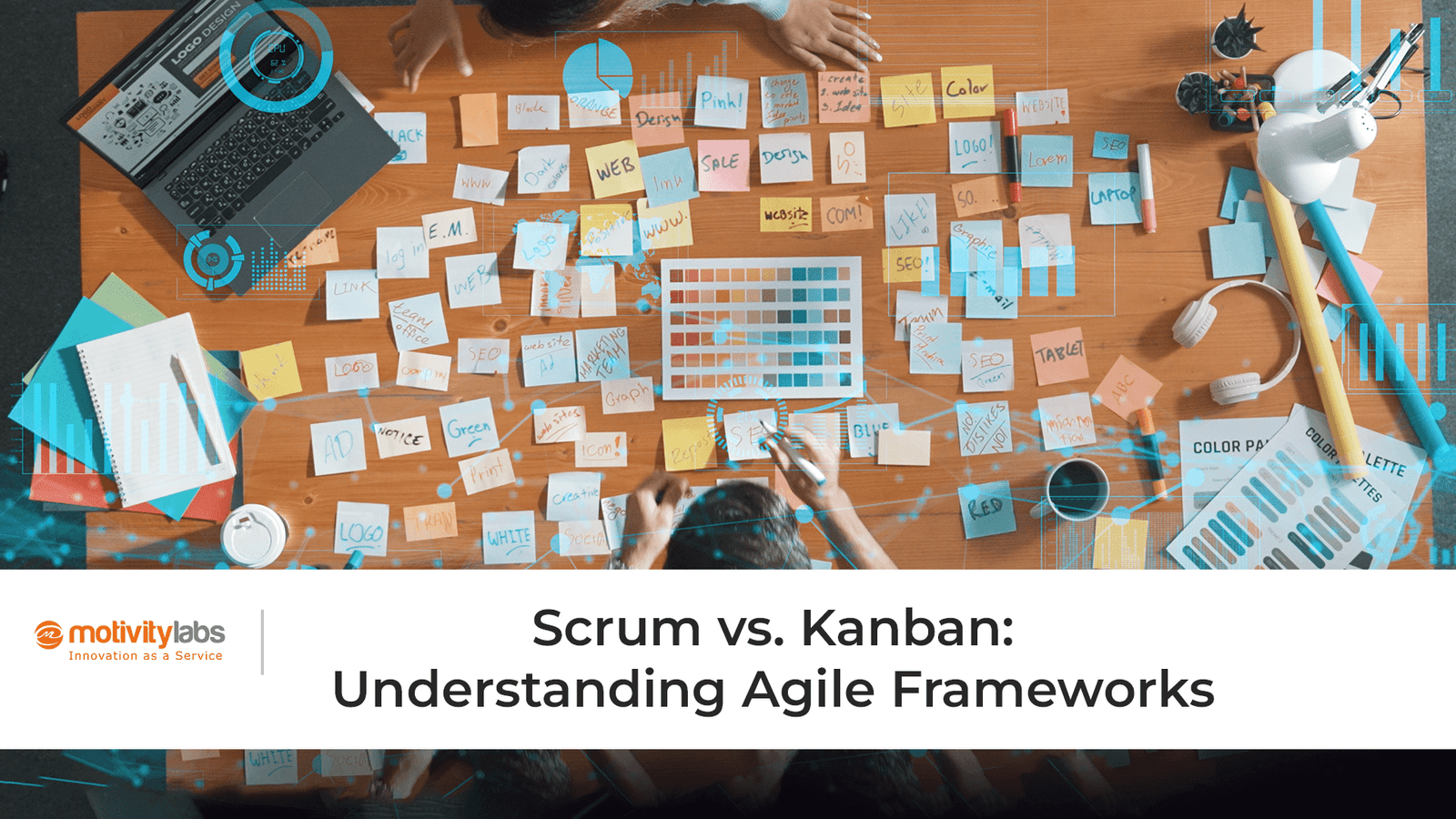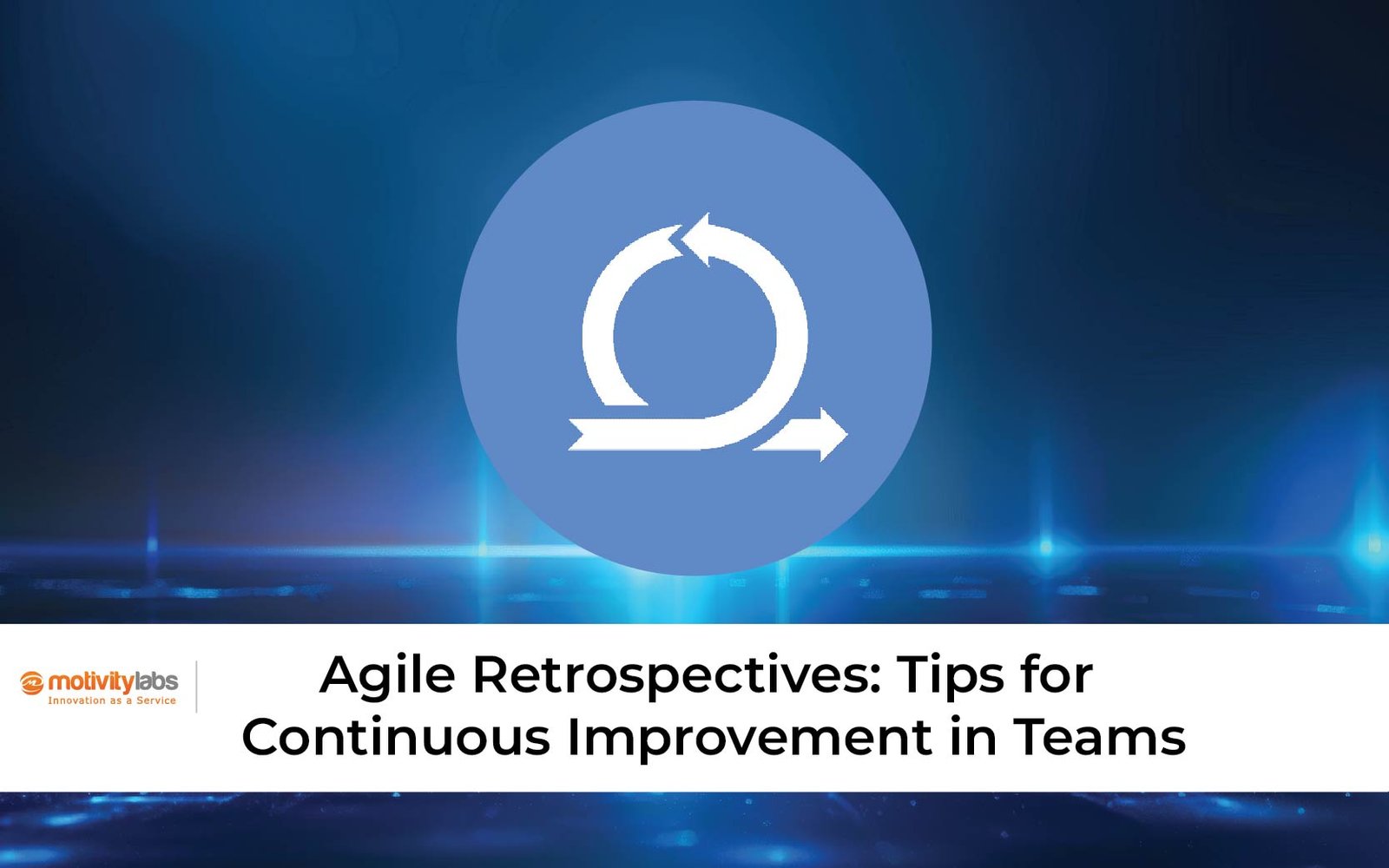Agile Testing Vs. Traditional Testing: An Ultimate Guide

In the software development landscape, Agile Testing testing plays a crucial role. Ensuring that software applications are free of bugs, meet the technical specifications outlined during design and development, and fulfill user requirements effectively is a must. The main objective of testing is to uncover errors, faults, or missing requirements compared to the actual specifications.
Over the years, testing has underscored two predominant approaches: Agile and Traditional. But why have Agile Methodology Testing Services overpowered Traditional testing? The fundamental reason is that Traditional Testing provides a structured, predictable process, while Agile Testing emphasizes flexibility and continuous feedback.
This blog delves into Agile empowerment over Traditional testing, highlighting the preference of Agile for modern development teams.
Understanding Traditional Testing

Traditional testing, often associated with the Waterfall model, follows a sequential and linear approach. The software development lifecycle (SDLC) segregates this process into phases that incorporates project requirements, framework, implementation, testing, and deployment. This mandates its completion before moving to the next. This structured and methodical character ensures thorough testing at each phase.
Key Features of Traditional Testing

Traditional testing follows a structured, manual approach to verify software functionality, thereby ensuring stability and reliability before deployment. It emphasizes predefined test cases, human intervention, and step-by-step validation to effectively detect defects.
Let’s look at some of the significant key features of traditional testing:-
Sequential Process: Testing is performed post the completion of the development phase, which means issues are identified later.
Fixed Requirements: Pre-defined requirements at the beginning remain unchanged throughout the project, so adaptability is limited.
Documentation: Emphasis on the nuances of documentation at every stage of development, thus ensuring clarity and traceability.
Unrealistic Timeframes: Absence of phase-wise testing often leads to delays if issues are found late in the cycle.
As a result, while this approach carries out well for projects possessing stable requirements, it poses inevitable challenges in dynamic environments.

The Growth of Agile Testing
Launched in 2001, Agile is a different methodology of software development that has widely been disseminated worldwide. Moreover, through team collaboration, continual planning, and learning, Agile methodology of software development incorporates diverse approaches under which requirements and solutions evolve.
Therefore, to achieve premium quality deliverables, predictability, and flexibility in any last-moment changes, software teams worldwide are embracing Agile testing. The software development lifecycle consequently integrates Agile testing, ensuring quality assurance. Unlike traditional testing, this method is economical, expedites product delivery, and detects bugs right at the early stages.
What Sets Agile Methodology Testing Services Apart?

Iterative testing is renowned for its proactive postures, which sets it apart from traditional testing. As we immerse ourselves in this method, we will gradually encounter its ability to pinpoint and rectify issues at an early juncture. This means, for the execution of any project, we need to judiciously make use of resources, mitigate the scope of any rework, and ultimately, optimize costs.
Agile Methodology Testing Services is instrumental in rapidly and efficiently delivering high-quality software compared to traditional methods by leveraging the following principles:
Iterative Approach: We simultaneously perform testing with development with manageable iterations (sprints).
Collaboration: Developers, testers, and stakeholders actively working together ensures alignment to achieve business goals.
Adaptability: Agile holds prominence in fueling changes, allowing teams to execute their projects based on feedback or shifting priorities.
Continuous Feedback: Frequent testing and feedback loops identify and address issues early, reducing overall costs. Issues, when addressed at an early stage, post frequent testing and feedback, mitigate overall costs to a high extent.
To achieve premium quality deliverables, predictability, and flexibility in any last-moment changes, software teams worldwide are embracing Agile testing. The software development lifecycle integrates Agile testing, ensuring quality assurance. Consequently, unlike traditional testing, this method is economical, expedites product delivery, and detects bugs right at the early stages.
Key Differences: Agile vs Traditional Testing

Iterative testing is adaptive, continuous, and integrated into development, while traditional testing follows a sequential, structured approach with late-stage validation.
Following are some of the key differences between iterative testing and traditional testing.
Aspect | Traditional Testing
| Agile Testing
|
Approach
| Sequential
| Iterative
|
Flexibility | Less flexible to changes | Very adaptable to changes |
Timing of Testing
| After development is done | Done throughout development |
Collaboration
| Minimal collaboration between teams | Cross-functional collaboration |
Feedback
| Feedback is gathered at the end of the project | Feedback is received throughout iterations |
Real-World Applications of Agile and Traditional Testing

Assume a description of an ideal scenario whereby a retail company is developing a relatively complex e-commerce platform. In Traditional testing, testing starts only after the total development has taken place, and the found bugs or needed changes may cause immense rework, delays, and added costs.
Iterative testing enforces that each feature be tested as soon as it is built so that feedback may happen quickly to improve. This not only accelerates the delivery process but also ensures a better-quality product.
Why Agile Methodology Testing Services Lead the Way?

Agile testing services undoubtedly lead the way by enabling faster feedback, continuous improvement, and seamless collaboration, ultimately ensuring high-quality software with speed and flexibility.
Let’s look at some of the additional points to further advocate how agile methodology testing services lead the way.
Faster Time to Market: Iterative testing notably facilitates releasing smaller functional increments of the product through this iterative method. The deployment is faster, and therefore, time-to-market facilitates a better marketplace advantage.
Quality is Improved: Continuous testing, along with feedback, identifies flaws early. Moreover, various automation tools facilitate higher accuracy and efficiency in Agile Methodology Testing Services to minimize human error.
Customer-Centric Approach: Iterative testing specifically focuses on meeting customer needs by incorporating their feedback into every sprint. As a result, this ensures the end product aligns with user expectations.
Cost-Effectiveness: Addressing issues early in the development cycle is significantly cheaper than fixing them later. Additionally, Agile’s proactive approach minimizes costly rework and project overruns.
Scalability and Adaptability: Iterative testing is applicable for projects of all sizes and can seamlessly accommodate changing requirements. Consequently, it is fit for dynamic industries such as fintech, e-commerce, and healthcare.
In conclusion, Agile methodology testing services provide a robust, flexible, and highly efficient approach to modern software development.
Best Practices for Implementing Agile Testing

To implement Agile testing effectively, firstly focus on continuous collaboration, automated testing, early defect detection, and iterative improvements. Moreover, prioritize customer feedback and integrate testing seamlessly into the development cycle.
Refer to the best practices for implementing test-driven development (TDD).
Firstly, Early Involvement of Testers: Involve testers right from the very first stage so that they ensure proper test planning and coverage.
Secondly, Automate Repetitive Tasks: Automation tools help automate repetitive tasks therefore streamlining exploratory and innovative testing done by testers.
Furthermore, Emphasize Collaboration: Build transparent communication and robust collaboration among all stakeholders in order to align goals and expectations.
Additionally, Leverage Agile Methodology Testing Services: Experts in Test-Driven Development (TDD) can assist an organization thus redefining their process to get better results.
Consequently, incremental testing becomes more efficient, as a result, reducing defects early in the cycle. Likewise, organizations experience faster releases, which means improved software quality. On the other hand, without proper collaboration, Test-Driven Development (TDD) may not be as effective.
In brief, integrating these practices ensures a robust Agile testing approach, ultimately leading to higher efficiency and better outcomes.
Key Take Away

In the Agile vs Traditional testing battle, Agile always excels as the most prominent methodology in today’s fast-paced, customer-driven market. Agile Methodology Testing Services is quality-driven, augmenting the delivery pace of software deliverables. It ensures businesses are agile and accustomed to meeting the changing needs. Through its collaborative approach, Agile testing is leading the way, embracing flexibility, and customer satisfaction, and is determining the future of software development. For organizations seeking to remain competitive, Agile Methodology Testing Services are not just an option but a necessity.
Motivity Labs, a trusted leader in Agile Methodology Testing Services, empowers businesses with innovative and reliable solutions that enhance software quality, accelerate delivery, and drive innovation. With a commitment to excellence, Motivity Labs ensures seamless adaptability to evolving market standards, assisting organizations stay ahead in the competitive zone.



